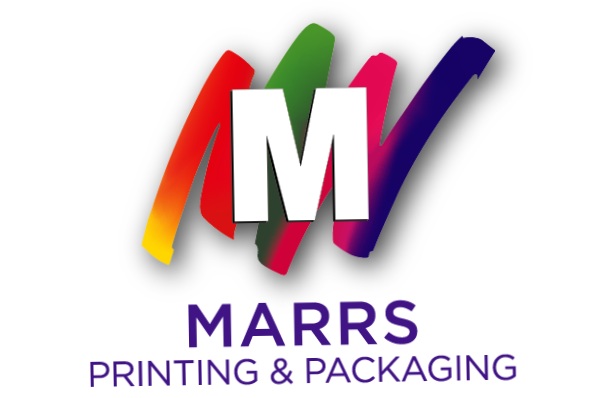Best Green Solutions for Sustainability in the Printing Industry
Sustainability and the environment have been at the forefront of the public consciousness in recent years, with the effects of climate change and other factors sparking increased conversation in the public and private sectors. One of the reasons why “green” ideas have become so prominent, is their embrace by business leaders and manufacturers.
Due to increased government regulation, public pressure and a desire to make production practices more efficient, the manufacturing community has been on the forefront of creating a new, sustainable green world. The printing industry is no exception.
Here are four of the most significant green practices that have been adopted by Marrs Printing in an effort to streamline production and reduce our impact on the environment.
1) Responsible Paper Sourcing
Green printers take the initiative in making sure that their paper and other raw materials come from environmentally sound sources. Many might assume that this simply means using recycled fibers but a lot more is involved. Coating, bleaching and other variables all influence paper’s environmental impact.
Marrs Printing and Packaging is proud to source many of our materials from local suppliers who utilize efficient packaging methods.
2) Using Soy and Vegetable-Based Inks
Traditional inks are petroleum-based and are known to release “volatile organic compounds,” or VOCs. VOCs have a number of negative environmental effects and have been tied to adverse health effects for those with prolonged exposure. Petroleum-based inks are also made out of a notoriously non-renewable resource: oil.
Vegetable-based inks, usually made with soy, are more sustainable and release no VOCs. They make recycling easier as they make de-inking easier. Veggie ink suppliers tend to be more environmentally conscious on the whole, too, meaning that turning away from petroleum-based ink is one of the best moves a printing company can make toward going green.
3) Overall Energy Efficiency
This is a practice that’s not limited to the print industry, but is necessary for any business to truly maximize their green efforts. This means using the most energy efficient machines and appliances available, from printing machines through office refrigerators. Heating and air conditioning systems in all facilities should be well-maintained and up to date. Using CFL and LED light bulbs instead of traditional incandescent and halogen lighting can produce considerable long-term energy-conserving results.
4) Eliminating Wasteful Production Practices
In the past, large limited print runs meant that large amounts of paper, ink and other resources went into producing printed materials that just ended up sitting on a shelf or in a warehouse. By embracing technologies like on demand printing and variable data printing, print companies have radically reduced the impact of wasteful overprinting.
With all things considered, these and other sustainable printing processes consist of three main areas: product, what’s actually being made; process, the means by which the product is created; and envelope, the surrounding materials and activities such as facilities, shipping, employees and more.
Marrs printing and packaging is a printing company that takes its responsibility to the environment seriously. With streamlined printing processes, efficient on-demand options, state-of-the-art machinery and fulfillment services, Marrs printing and packaging brings green solutions to customers every day.

